This spring, Baltimore-born, New York-based artist and writer Ajay Kurian founded NewCrits. The experimental educational platform, which has since brought on a cadre of forward-facing art makers as mentors, was born in part of Kurian’s experience as a student of Columbia University’s Fine Arts BFA program, and later as a professor at Columbia and Yale. “Great things happened in those schools: amazing crits, resources, studios, studio visits, and a whole network of people. There's no denying that,” says the artist.
But Kurian and his peers were disillusioned by other aspects of these programs—the reliance on low-wage adjunct labor, the narrow and sometimes outdated criteria that drive admissions processes, and, of course, the ever-ballooning price tag. These barriers to entry are often justified by the allure of access that a name-brand degree can offer, prying open some of the art world’s heavily gatekept doors. “That bothered me,” he says. “There are certain visions of what a hardcore art education is that I think are just ridiculous, gendered, [and] exclusionary.”
When the pandemic hindered the traditional model of in-person studio visits, most programs went virtual. “The first couple of weeks were pretty heavy,” Kurian recalls. “The Zoom studio visits weren’t standard crits, they were more therapeutic and intense.” As a new normal set in, Kurian and his academic peers quickly realized that the format was here to stay. “It dawned on me that virtual visits would become a way for institutions to exploit faculty even further. But I started thinking, Maybe there's something here.”
This epiphany gave rise to NewCrits’s foundational premise—a holistic studio visit that takes those pandemic learnings to heart. “To me, the studio visit is the primary building block of an aesthetic education. A great studio visit is when someone is listening so intently to what you're doing and how you're making that they intuit the internal rules you're creating for yourself,” says Kurian. “It's lovely to have someone listen to you, and almost show you yourself.”
This approach differs from that found in most traditional art school contexts by emphasizing each individual’s internal logic, rather than their ability to apply an external theoretical framework to their process. “There's an Old World view among arts educators—‘we break you down to build you up.’ There's the intent to see if you'll break so that they can make you stronger. Do you really understand what you're saying? Have you done your research? Can we find a crack? We diverge really strongly there. We're not trying to show you what good art is, or what bad art is.”
How does the NewCrits model change the barrier to entry for artists seeking rigorous feedback and institutional training? According to Kurian, “There is no barrier.” Beyond a per-session fee that aims to rectify the chronic under-compensation of arts educators in traditional programs (something that the founding cohort is working to eradicate through fundraising and endowments), NewCrits takes artists as they are, allowing them to tailor their virtual visits to their needs by administering a self-diagnostic quiz that encourages them to interrogate their own expectations of the process.
Kurian paraphrases a few of the quiz’s questions: “The commercial aspect of the art world is a necessary part of creation—yes or no? Is a studio visit exactly what you're looking for right now? Are you ready to hear that your intentions may not match your output? Some people aren't,” he says. “And that's okay.”
Ultimately, while NewCrits represents a departure from many of the norms of traditional arts institutions, it shares the same foundational ethos. "I think there are more people interested in the arts than ever. We just want to find another way for people to participate in creative dialogue or creative mentorship without the economic risk.”
The platform, which launched this spring, is the brainchild of Kurian and his fellow artists Farah Al Qasimi, Kamrooz Aram, Uri Aran, David Brooks, Antoine Catala, Sara Greenberger Rafferty, EJ Hill, Jacob Kassay, Devin Kenny, Pooneh Maghazehe, Erin Jane Nelson, Puppies Puppies (Jade Guanaro Kuriki-Olivo), Curtis Talwst Santiago, Andrew Sendor, and Fin Simonetti. Together, they represent a range of disciplines, philosophies, and relationships to institutional spaces, offering prospective artist-students—regardless of career stage—an array of perspectives from which to seek creative feedback and advice on navigating the opacities of the art market. Below, a selection of these educator-practitioners reflect on their own relationships to artmaking and education.
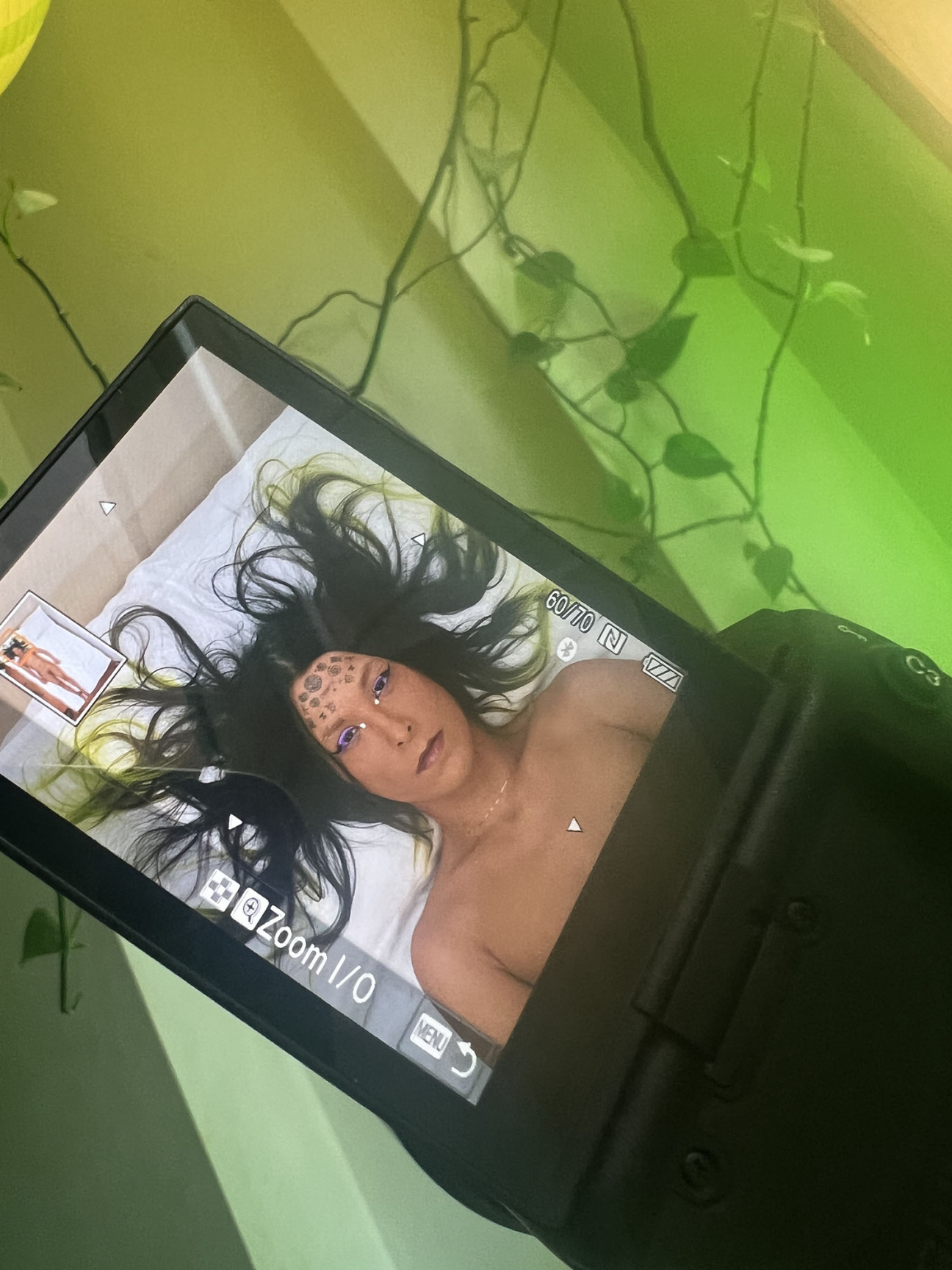
Puppies Puppies (Jade Guanaro Kuriki-Olivo)
CULTURED: Where did you get your art education?
Puppies Puppies: Art has existed long before an education system was built around its name. I say “its name” because art is so vague as a word and experience. Art can be so many things, limitless possibilities. My point is that art education in an institutional sense should not be used as a means of understanding what an artist is expressing or putting out into the world. It should not be used as a way to gauge the value of the work or the intellectual abilities of the artist. The brand names of institutions should not signal that an artist is someone to look into or not. If art could be a spiritual object or depiction for many people around the world since ancient times, then it can exist—and be worthy of thought, discourse, preservation, care, and an understanding of its value—beyond the artist's place of education.
Education is so vast—it has always extended beyond institutions. I hope one day that knowledge and wisdom pertaining to artistic expression can exist outside of the bounds of classism, racism, transphobia, and more. Stories passed down from elders to young spirits, education built up from the ashes to accommodate marginalized folx, and not just a select few who receive scholarships and grants. All of this is sometimes needed to create art, and should be easily accessible to the people.
CULTURED: What does art school train you to do? What should it train you to do?
Puppies Puppies: I keep attending vigils and having flashbacks to my BIPOC trans sisters— especially my Black trans sisters—who were either murdered, injured, or “unalived.” My community and my own transitional journey have made me realize that art manifests in many forms. I spent a year working at a nonprofit supporting trans nonbinary folx. I was taking a break from art, but I also realized that this was an extension of art for me. I’m interested in directing art funds and resources to sisters and siblings in my community whose art is overlooked due to the never-ending obstacles and locked gates listed above. I look through art history and I don’t see many of us. I want to change this.
CULTURED: What is a moment that taught you more than any traditional fine arts schooling ever could?
EJ Hill: Those who can, do. Those who can’t also do, above all odds, and oftentimes with far more grace and vigor, while holding a high regard for the supplemental alternatives that might, once and for all, amputate the atrophied.
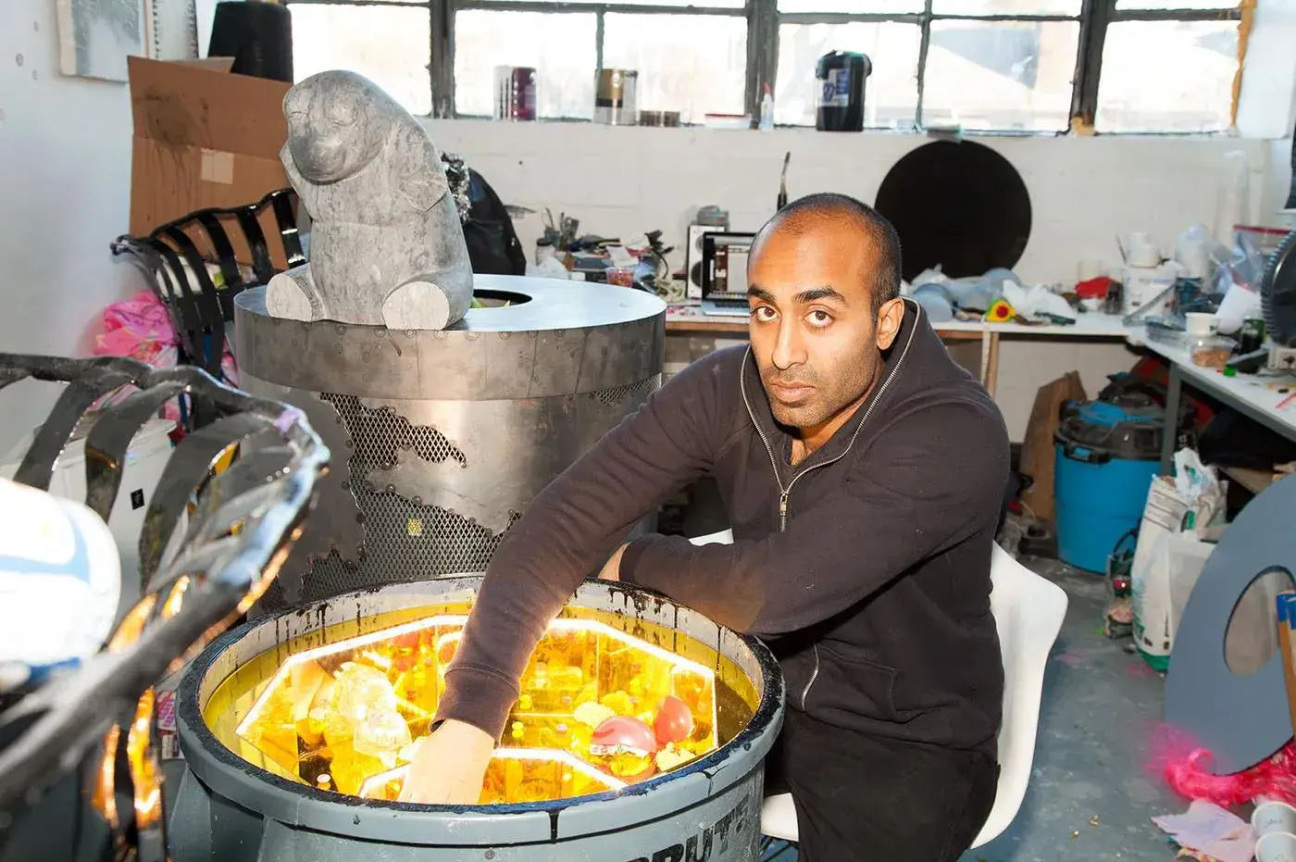
CULTURED: Where did you get your art education?
Ajay Kurian: I got my Bachelors from Columbia. I don't have a graduate degree.
CULTURED: What is a moment that taught you more than any traditional fine arts schooling ever could?
Kurian: I'm not sure, really. Education has always felt very fluid to me, where the resonances of those around you are constantly playing a role in your edification. I like to think more in terms of conditions. What are the conditions for receiving an education and when are those most open? School is sometimes that place, but oftentimes it isn't. I think the moments that I might point to are the moments that I felt most open to education, and those were usually when someone showed me that they were invested, that they cared about me and my overall wellbeing first, and not simply the things I'm supposed to know.
CULTURED: What does art school train you to do? What should it train you to do?
Kurian: The thing I like about art school in theory is that it was a place where education felt so much stranger and harder to box in. What unfortunately happens in many situations is that art school becomes a place where people are taught how to think combatively rather than collaboratively. You are meant to sharpen your intellectual knives and use them against others, whereas a real education is providing someone with models to understand that knowledge never comes from a place of scarcity. Everyone can know what you know and it doesn't diminish you.
What we do with knowledge and how it shapes our participation in this life is what makes the knowledge useful and singular. I understand that there is a commercial world to contend with and that power imbalances can make people feel used and abused, but when I think of the training an arts education ought to provide, it's one where we understand the best conditions of our flourishing. Within that, you can then hone your particular interests freely and expansively. The rigor you apply should be to the conditions of your own making—art education is meant to aid you in this journey.
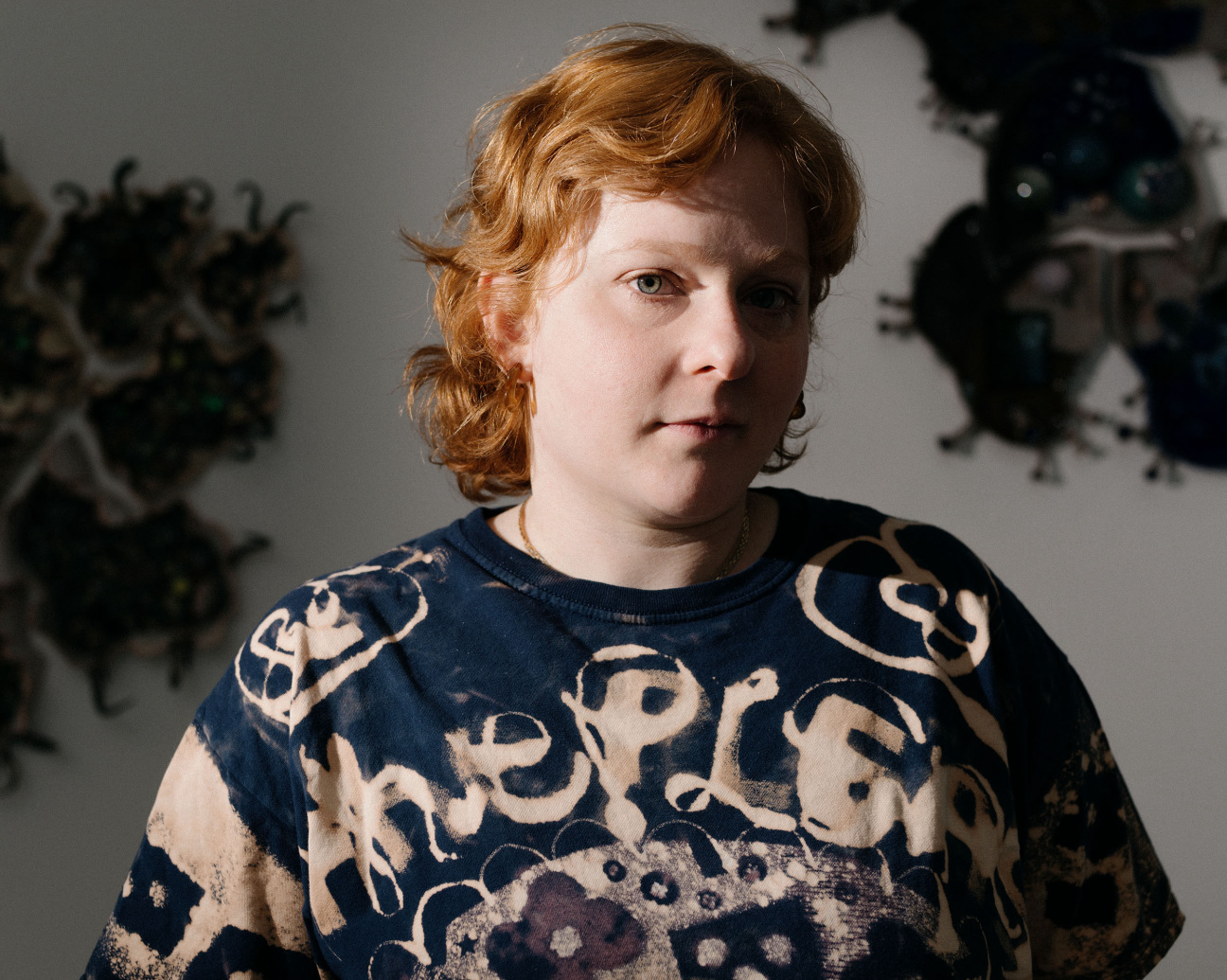
CULTURED: Where did you get your arts education?
Erin Jane Nelson: I studied at Cooper Union, which I wouldn’t have even known about if it weren’t for a very supportive art teacher at my public high school in suburban Atlanta. While I was at Cooper, I worked a lot of part-time jobs and internships in the art world. After I graduated, I did a summer fellowship at [the] Ox-Bow School of Art in Michigan, which was also very formative.
CULTURED: What is a moment that taught you more than any traditional fine arts schooling ever could?
Nelson: In 2015, I applied to, and got rejected from, just about every major MFA program in the U.S. Everyone told me to try again and keep applying, but the whole experience felt like an expensive waste of time, personally. Something really clicked for me about the need to create my own context and community instead of trying to find it in these more traditional institutions. So, I moved back to my hometown, Atlanta, and started a project space with my partner Jason Benson called Species. I learned so much about how to be an artist from helping and watching other artists put together a body of work, and the sense of community we built with the artists we exhibited has continued to nourish me.
CULTURED: What does art school train you to do? What should it train you to do?
Nelson: At its very best, art school trains you how to work with new materials and how to think and talk about your work. I didn’t really know anything about the contemporary art world when I came to New York from the South as an 18-year-old. The New York, eurocentric version of contemporary art history that I was taught was helpful, but it also became something to agitate against once I got out of school.
Unfortunately, I think there are a lot of people who get into tremendous debt going to art school who do not leave with a practical understanding of all the ways to work in and around the art world—as a curator or gallerist or archivist or writer, et cetera. The only possibility that’s ever discussed is being an artist within the gallery and museum system, and even that is limited to a very narrow idea of how an artist can be, what they can make, where they can live, and how old they can be. I think art school should empower people to make a life as an artist, which feels meaningful and sincere, which should be different for everyone.
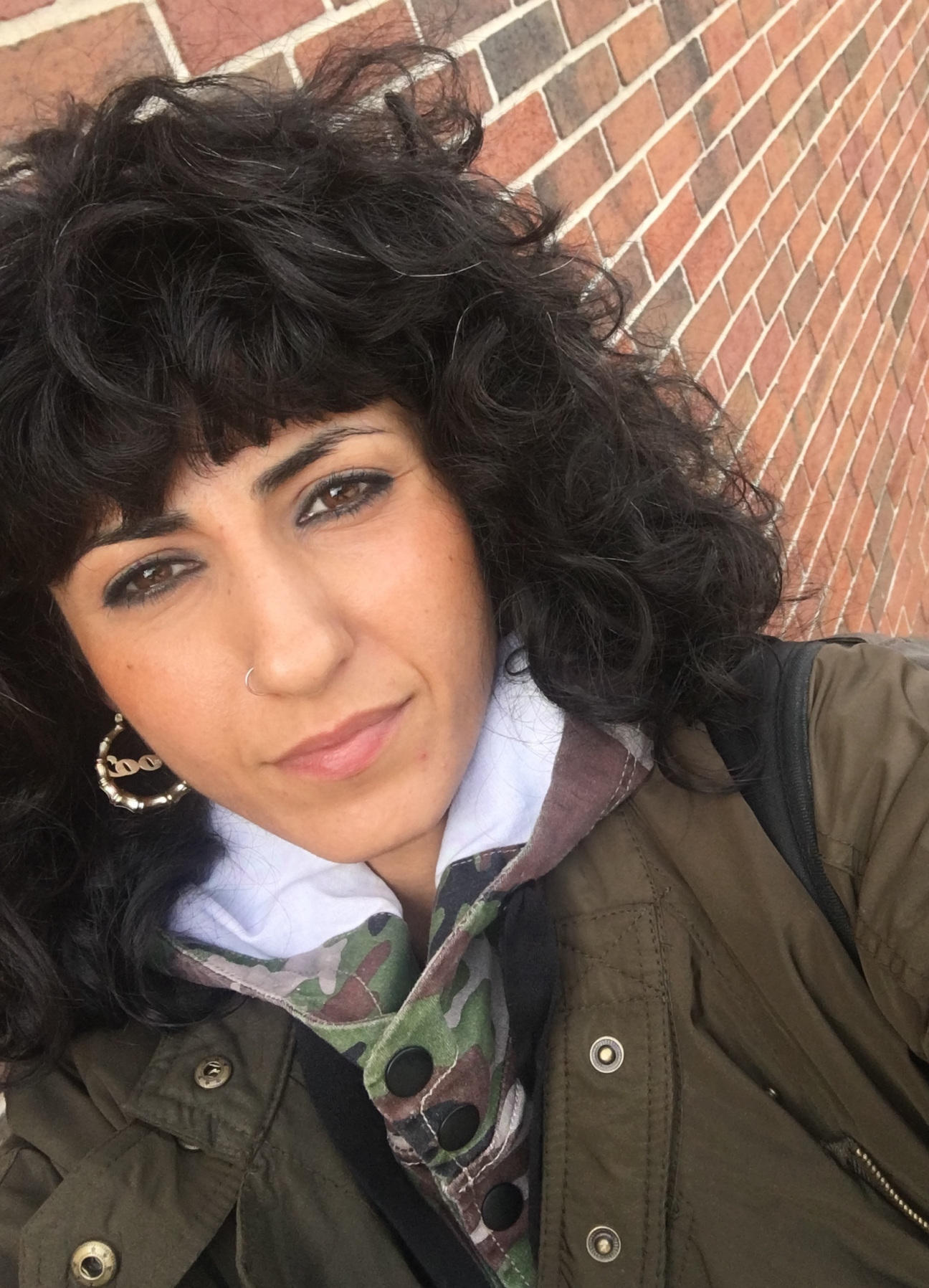
CULTURED: Where did you get your arts education?
Pooneh Maghazehe: My arts education comes from growing up in Levittown, Pennsylvania. I got my advanced degree, an MFA in Visual Art, at Columbia University in 2011.
CULTURED: What is a moment that taught you more than any traditional fine arts schooling ever could?
Maghazehe: I studied a division of Kung Fu called Seven Star Praying Mantis and competed for a little over five years. That chapter in my life involved real lessons in physical and mental stamina—and most importantly, learning to respect time. Finding a limit, and experiencing the moment of failure, are skills that are built into how I make things now, and are skills that I acquired during those years training in Chinese boxing.
CULTURED: What does art school train you to do? What should it train you to do?
Maghazehe: Art school trains you to doubt, which is hugely irritating and can take a long time to unlearn. But I also have a related thought about art school that I want to ride out. Art school is somewhat akin to a fancy rehab. Everyone arrives with some knowledge about what has “worked” for them, and some idea about “betterment.” Some come prepared to get to dismantle those old tricks, and others leave rehab just the same, and—for good or bad—maybe a little more stubborn. Some leave with the impression that the whole thing is a scam.
A great deal of money is spent getting to the bottom of a person's perspective, or what they are “working on” through a series of studio visits, which sometimes teeters on what therapy rehab looks like. Maybe this hinges on what you might hope to get from art school: to contend with the questions that you are too scared to ask yourself.




